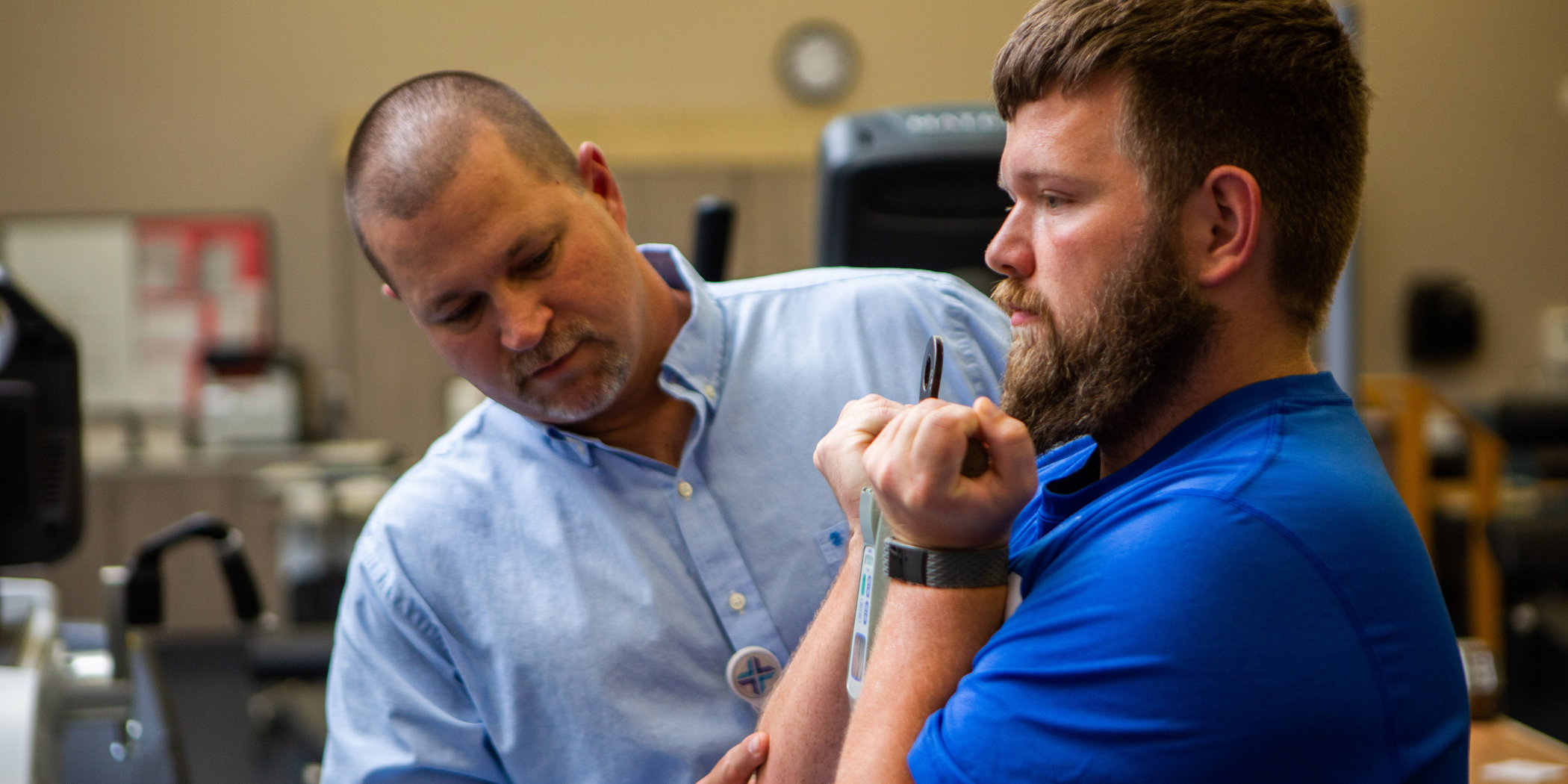
Healthy at Home
Many businesses have transitioned to allowing employees to work from home. This can be a big change, but hopefully one that will help keep us all safer during this time. Here are a couple tips to stay healthy and motivated.
Keep a normal routine as much as possible
It may not be necessary to don your usual 9-to-5 attire but changing out of those pajamas can switch your mindset into action mode. Allow yourself plenty of time to make and eat breakfast before that early conference call so there’s no rushing.
Start by making a to-do list so you can track progress by the end of the day. If you normally took a mid-morning walk with coworkers, try to maintain that routine from home.
Dedicate a workspace
It’s great if you have an office, but it‘s OK if you don’t. Try to find a quiet space elsewhere in the home. Organize all your materials in one place that can provide privacy during calls or video meetings.
Keep a set of headphones that connect to your phone nearby to increase mobility during calls and to prevent background noise. Consider a spot away from distractions like the kitchen, television or pets.
Feeling like you have an office to go to every morning can keep you on track.
Incorporate physical activity throughout the day
If you don’t have to leave the house, you may be getting less physical activity than before. Try to stand up and walk around during conference calls, and limit seated time to an hour at most.
Research has found that the most productive employees work around 50 to 55 minutes straight before taking a short break. Use that break to stretch, walk or meditate, especially if your furniture at home isn’t as ergonomically friendly as at work.
Check out these great “desk-ercises” compiled by our physical therapists.
Stay hydrated and nourished
Working from home isn’t an excuse to take extra snack breaks. Keeping meals balanced at work or at home is crucial to preventing post-meal blood sugar spikes. Sugary beverages and highly processed foods in particular lead to that blood sugar spike and crash cycle – in other words, the afternoon slump or naptime desire.
Herbal teas like hibiscus, green or jasmine pack antioxidants. Add a slice of lemon, lime or orange for extra vitamin C.
When making your lunch, fill at least a quarter to half your plate with vegetables. Focus on green, red and orange foods to increase anti-inflammatory activity and immune system response.
You can also find other ways to stay health and active by browsing DiscoverHealth.org, including trying new recipes to ways to give back locally.
Kerri Stewart, RD, LD, is a registered dietitian with Spartanburg Medical Center and the Joe R. Utley Heart Resource Center.











